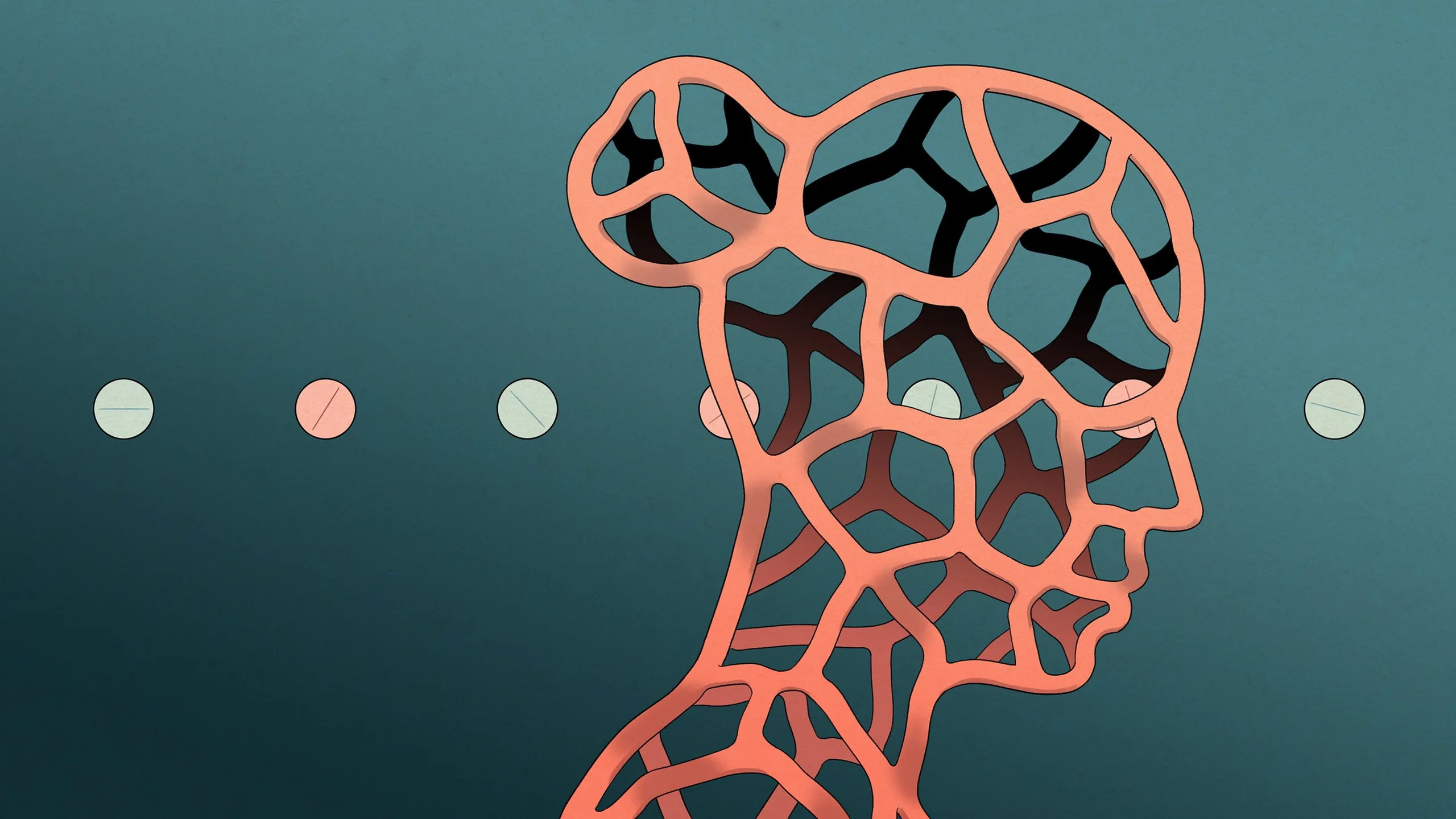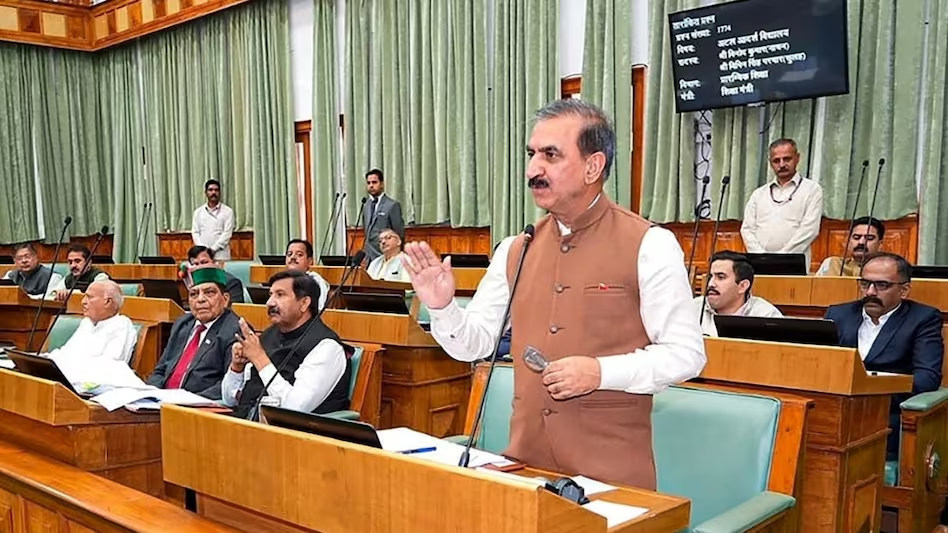- Courses
- GS Full Course 1 Year
- GS Full Course 2 Year
- GS Full Course 3 Year
- GS Full Course Till Selection
- Answer Alpha: Mains 2025 Mentorship
- MEP (Mains Enrichment Programme) Data, Facts
- Essay Target – 150+ Marks
- Online Program
- GS Recorded Course
- Polity
- Geography
- Economy
- Ancient, Medieval and Art & Culture AMAC
- Modern India, Post Independence & World History
- Environment
- Governance
- Science & Technology
- International Relations and Internal Security
- Disaster Management
- Ethics
- NCERT Current Affairs
- Indian Society and Social Issue
- NCERT- Science and Technology
- NCERT - Geography
- NCERT - Ancient History
- NCERT- World History
- NCERT Modern History
- CSAT
- 5 LAYERED ARJUNA Mentorship
- Public Administration Optional
- ABOUT US
- OUR TOPPERS
- TEST SERIES
- FREE STUDY MATERIAL
- VIDEOS
- CONTACT US
Ensuring Safe Cancer Drugs is a Global Challenge
Ensuring Safe Cancer Drugs is a Global Challenge

Why in the News?
- A major investigation by the Bureau of Investigative Journalism found that bad cancer drugs have been exported to over 100 countries.
- These drugs may be harmful and unsafe. Many of these drugs come from factories where safety rules are not followed properly.
- This can put the lives of cancer patients in danger, especially in poor and middle-income countries that cannot properly check the quality of medicines.
What are the Key Highlights?
- Main Risk – Contamination:
- Contamination is the biggest danger during the manufacturing of cancer drugs.
- Strict Sterility Required:
- Ensuring that drugs are sterile and germ-free is the manufacturer’s full responsibility.
- Every step must be tightly controlled.
- In High-Income Countries (e.g., the U.K.):
- Widespread Use of Generic Drugs:
- About 80% of NHS prescriptions in England are generic drugs.
- Around two-thirds of these generics are imported from abroad.
- Two Rounds of Quality Testing:
- Drugs are tested both at the manufacturing site and again on entry into the U.K.
- Each round checks 20 different quality markers.
- Qualified Experts Involved:
- Only certified experts, such as members of the Royal Society of Chemistry, are allowed to verify drug batches.
- Regular Inspections:
- The Medicines and Healthcare products Regulatory Agency (MHRA) inspects drug manufacturing sites both within and outside the U.K.
- The Medicines and Healthcare products Regulatory Agency (MHRA) inspects drug manufacturing sites both within and outside the U.K.
- Widespread Use of Generic Drugs:
- In Low- and Middle-Income Countries (e.g., Nepal):
- Lack of Resources and Expertise:
- Countries like Nepal lack proper testing facilities and qualified experts.
- No Effective Monitoring Systems:
- There is often no system to monitor the quality of imported medicines.
- Weak Supply Chain Tracking:
- Many countries cannot track drugs throughout the supply chain.
- Additional Risks:
- Corruption, lack of enforcement, and porous borders allow bad or counterfeit drugs to enter the market.
- Lack of Resources and Expertise:
- Health Risks and Impact on Treatment:
- Critical for Cancer Patients:
- Timely and effective treatment is essential for cancer patients.
- A substandard or ineffective drug can delay or harm treatment outcomes.
- Life-Threatening Effects:
- Poorly manufactured drugs can be toxic or contaminated, putting patients in immediate danger.
- Critical for Cancer Patients:
- Real-Life Incidents of Harm:
- Saudi Arabia (2019):
- Five children developed high fever after receiving an Indian-made drug.
- Colombia (2019):
- Four children died and over 100 fell ill after receiving the same type of drug.
- Yemen (2022):
- At least 10 children died after receiving contaminated methotrexate, a key chemotherapy drug.
- Brazil (2023):
- A dozen poor-quality brands of a childhood cancer drug were uncovered by the Bureau of Investigative Journalism.
- Rapid Alert System
- WHO runs a Rapid Alert System to inform member governments about dangerous drugs.
- Alerts are issued only after harm has occurred, making it a reactive system.
- Saudi Arabia (2019):
- Testing Infrastructure Gaps:
- Very few countries have proper drug-testing labs.
- For example, only 7 countries in sub-Saharan Africa have WHO-approved laboratories.
- Global Benchmarking Tool (GBT)
- Assesses national drug regulatory systems on a scale of 1 (least mature) to 4 (most mature).
- In 2023, about 70% of WHO member countries were at Level 1 or 2, meaning poor capacity to regulate and check imported medicines.
- Prequalification Program
- WHO maintains a list of approved laboratories, drugs, and raw materials which is termed as active pharmaceutical ingredients.
- Ensures these have been inspected and found acceptable for use.
- It helps governments to procure safer drugs.
- Good Manufacturing Practices (GMP) Certification
- It confirms that drugs are produced and controlled as per international quality standards.
- It is recognised by over 100 countries.
- Most nations only import drugs from GMP-certified manufacturers.
- WHO Certification Scheme (CoPP)
- This certificate acts like a passport for medicines.
- Countries can request a Certificate of Pharmaceutical Product (CoPP) to confirm a medicine is approved and safely manufactured in the exporting country.
- Limitations and Failures
- Despite all these efforts, weak oversight in many countries leads to continued circulation of substandard drugs.
- Example: A study found that all 84 cancer drugs tested for export from India to Nigeria, despite having valid CoPPs, failed quality testing.
- Despite all these efforts, weak oversight in many countries leads to continued circulation of substandard drugs.
What are the Significances?
- Protects Patient Lives: Ensuring drug quality is essential to prevent harmful side effects and treatment failure, especially in cancer patients.
- Strengthens Public Trust: Safe medicines increase people's confidence in healthcare systems and medical professionals.
- Promotes Global Health Equity: Helps ensure that low- and middle-income countries get access to the same safe medicines as richer nations.
- Supports Strong Regulation: Highlights the importance of building and maintaining effective drug regulatory systems in every country.
- Encourages International Standards: Promotes the use of WHO guidelines and certifications to maintain consistent drug safety worldwide.
- Reduces Health and Economic Burden: Prevents extra costs from treating medicine-related harm and reduces pressure on health services.
What are the Challenges and Way Forward?
|
Challenges |
Way Forward |
|
1. Poor countries do not have proper labs and experts to test drug quality |
Set up WHO-approved drug testing labs in low-income countries |
|
2. Bad drugs travel through borders without checks |
Improve border controls and drug tracking systems |
|
3. Many drug factories do not follow hygiene and safety rules |
Regular global inspections of manufacturing units |
|
4. WHO systems catch problems only after harm happens |
Build early warning systems and stronger pre-shipment checks |
|
5. Corruption and lack of rules allow fake or unsafe drugs into healthcare |
Enforce strict laws against companies that make or sell bad drugs |
|
6. Even WHO-certified drugs (CoPP) can fail tests |
Increase independent testing before drugs are shipped, even if they are certified |
|
7. Most countries rated low (Level 1 or 2) in WHO’s regulatory strength ranking |
Help these countries improve to higher levels through training and funding |
Conclusion
The safety of cancer drugs must be treated with the highest priority. Every patient deserves a medicine that is safe, clean, and effective. Countries around the world must work together to build better systems for checking drugs. Governments, international agencies, and pharmaceutical companies must share responsibility. Investing in strong testing, transparent supply chains, and global cooperation is the only way to protect lives and restore trust in life-saving treatments.
|
Ensure IAS Mains Question Q. In light of the recent global findings on substandard cancer drugs, critically examine the challenges faced by low- and middle-income countries in ensuring drug safety. What role can international institutions like the WHO play in strengthening national regulatory systems? (Answer in 250 words) |
|
Ensure IAS Prelim MCQ: Q1. Which of the following statements regarding the WHO’s Global Benchmarking Tool (GBT) is/are correct?
Select the correct answer using the code below: Answer: C Explanation:
|



